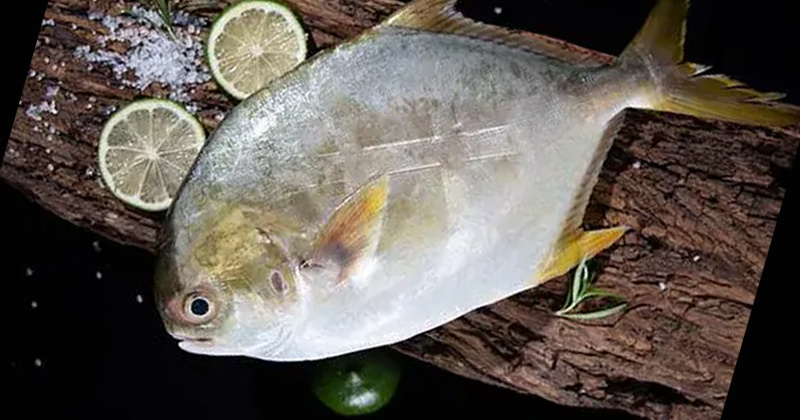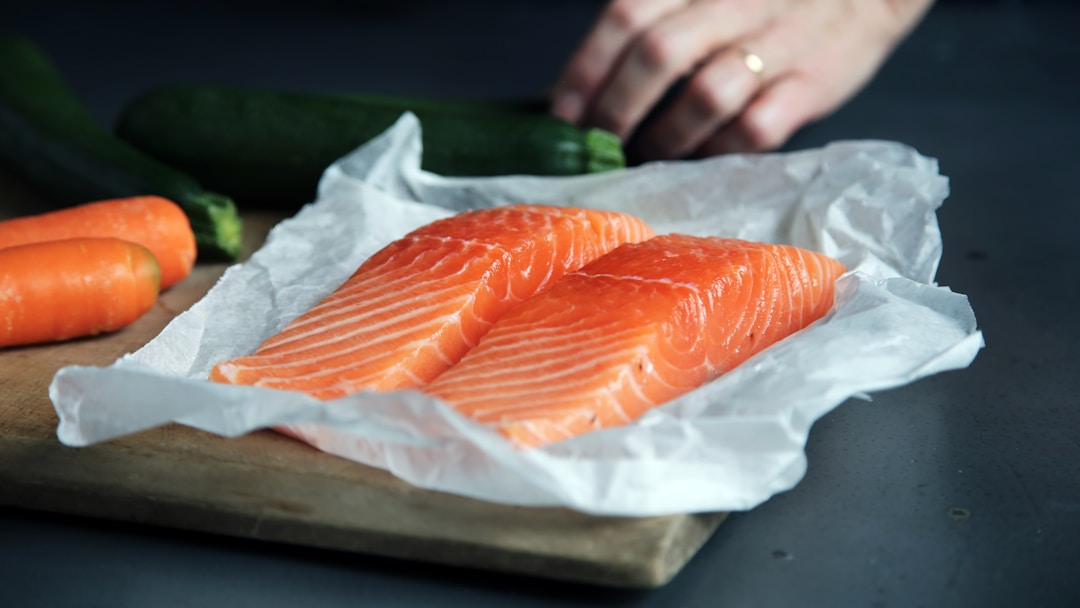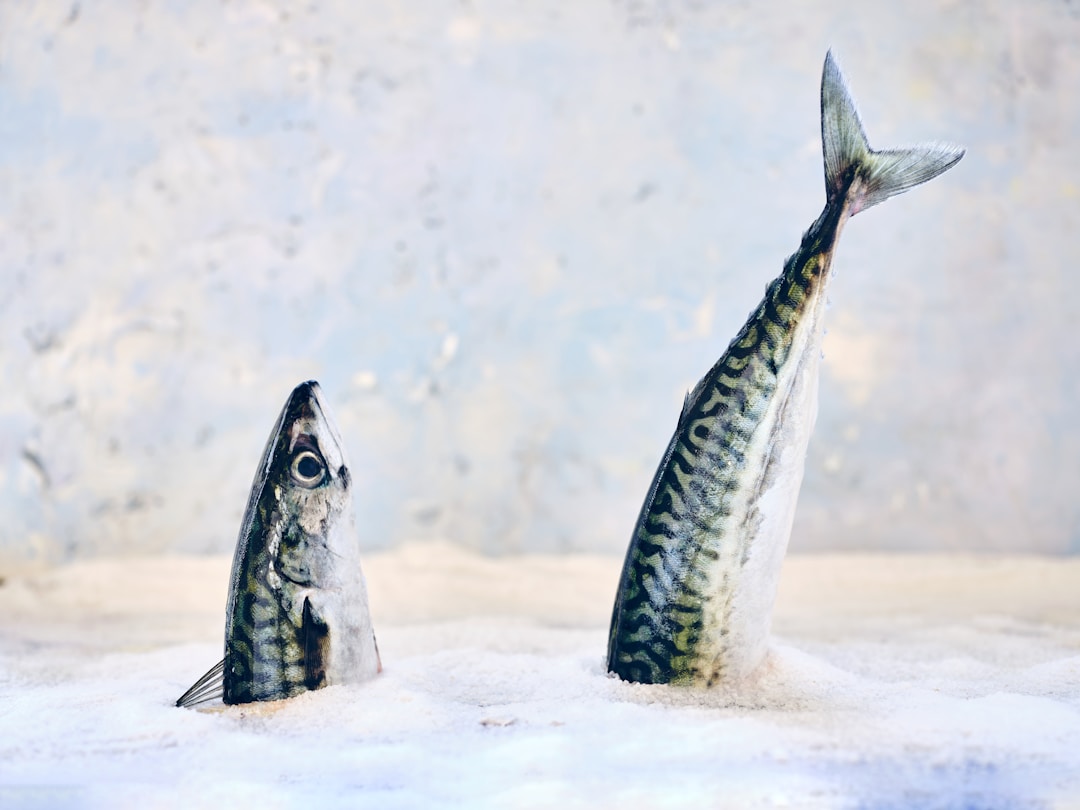Revolutionary Seafood Preservation Techniques Pose Challenges to Marine Ecosystems
Release Time:
Mar 21,2024
As the demand for seafood continues to grow, innovative preservation techniques have become increasingly important in maintaining the quality and extending the shelf life of seafood products. However, these technologies also pose potential challenges to marine ecosystems, as they may lead to increased fishing pressure, bycatch, and habitat destruction.

As the demand for seafood continues to grow, innovative preservation techniques have become increasingly important in maintaining the quality and extending the shelf life of seafood products. However, these technologies also pose potential challenges to marine ecosystems, as they may lead to increased fishing pressure, bycatch, and habitat destruction.
One such technology is the low-temperature ripening technique for seafood, which can improve the quality of seafood pre-prepared dishes after long-term frozen storage. While this technology benefits the seafood industry, it may also lead to increased fishing efforts to meet the growing demand for high-quality seafood products. This could result in overfishing and habitat degradation, particularly in already vulnerable marine ecosystems.
Another technology, seafood deodorization, aims to eliminate fishy odors in seafood proteins during processing. While this technology enhances the sensory appeal of seafood products, it may also contribute to the discard of non-target species caught during fishing operations. This bycatch can have serious ecological implications, as it can lead to the decline of marine species and disruptions in food webs.
The use of frozen vegetable crisp green technology, which maintains the freshness and color of vegetables even after freezing, may also indirectly impact marine ecosystems. As the demand for fresh and sustainable seafood grows, there may be increased pressure to convert marine habitats into aquaculture facilities for the production of vegetables and other crops. This could lead to habitat loss and fragmentation, further exacerbating the ecological impacts of seafood preservation technologies.
To mitigate these challenges, it is crucial to implement effective management measures to ensure sustainable fishing practices and protect marine ecosystems. This may include establishing marine protected areas, implementing catch limits, and promoting responsible aquaculture practices. Additionally, increased public awareness and education about the impacts of seafood preservation technologies on marine ecosystems can help to promote more sustainable consumption patterns.
In conclusion, while revolutionary seafood preservation techniques offer numerous benefits to the seafood industry and consumers, they also pose significant challenges to marine ecosystems. It is essential to carefully balance the economic and social benefits of these technologies with their ecological impacts to ensure a sustainable future for our oceans.






